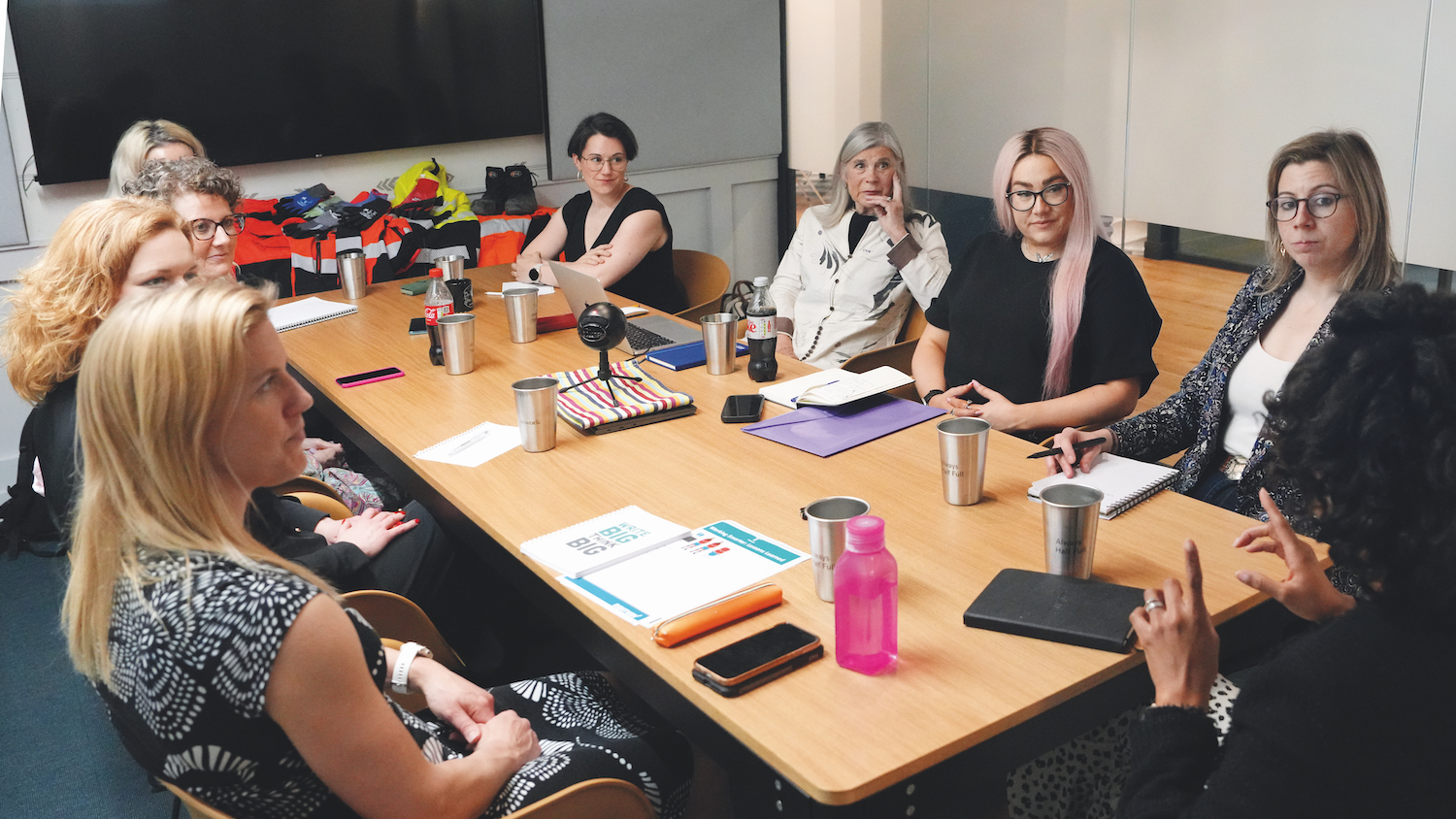
PPE in construction: why one size doesn’t fit all
CIOB People is joining forces with sister publication Construction Management to put the spotlight on the lack of inclusive PPE in construction. To launch the #PPEthatfits campaign, a recent roundtable debate, chaired by CIOB People editor Nadine Buddoo, sought to explore views and experiences from across the industry
The current shortcomings in PPE provision are nothing new for many women working in construction. It is clear that the ‘pink it and shrink it’ strategy adopted by many suppliers is not an adequate approach to keeping the female workforce safe on site.
It is an issue that sadly struck a chord with all the attendees at a recent CIOB People roundtable, convened to explore the barriers – and opportunities – around providing PPE that fits everyone, regardless of shape or size.
According to Helen Gawor, director of strategy and innovation at ISG, there is a clear “lack of understanding” of the reasons why women need adequate PPE.
“It’s not just about aesthetics and comfort; it’s about safety. Unisex doesn’t suit the shapes and sizes that we are,” she said.
“From my experience of working in a high-risk trade of working at height, where operatives have to wear harnesses, for example, I can’t find any analysis that looks at where those harnesses sit on a woman’s body or what the impact would be if they were involved in a fall.”
The panel
Sandi Rhys Jones, president, CIOB
Helen Gawor, director of strategy and innovation, ISG
Stephanie Eynon, head of standards-makers engagement and inclusion, BSI
Katie Kelleher, technical and development officer, CPA
Sophie Perkins, senior chartered building surveyor, Atkins
Katherine Evans, founder, Bold as Brass
Rachel Tomkins, head of assurance, security and facilities, Tideway
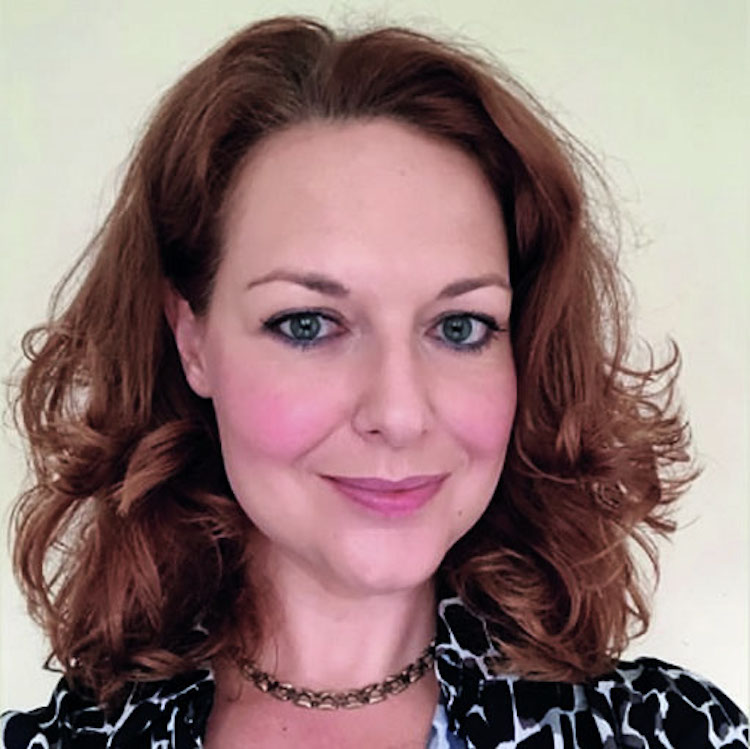
From my experience of working in a high-risk trade of working at height, where operatives have to wear harnesses, for example, I can’t find any analysis that looks at where those harnesses sit on a woman’s body or what the impact would be if they were involved in a fall
Gawor added: “It is surprising that in high-risk trades, where there are very few women and most businesses don’t have inclusive PPE available, there is an assumption that women just require smaller sizes.
“Once, I enquired about women’s PPE and I was sent a brochure with PPE just with smaller dimensions – which is hilarious considering I’m 5ft 11.”
Culture shift
Responding to the need for change, Katherine Evans, founded Bold as Brass – a women’s network championing equity across the industry.
While groups like this can provide useful resources and signposts to inclusive PPE, Evans believes a broader change in culture is needed across the industry.
“This is something a lot of people are struggling with because they have no leg to stand on. When it comes to fighting for what they need… women and others who need different PPE source it themselves and then expense it back,” she said.
Evans added that at the heart of the issue is the purchasing department in big companies, which is often “run by men who don’t see a problem here”.
“And even if you have a really good procurement department that has an approved supplier list with women’s PPE on it, you have managers standing in the way who can be too lazy to find out how to do something different.”
Stephanie Eynon, head of standards-makers engagement and inclusion at BSI, shared this concern and added that the entire purchasing process should be reviewed.
“Who’s purchasing this PPE? What do they know about the needs of the people for whom they are purchasing? What do they know about the suppliers? Do they have enough knowledge about the suppliers available on the market and the range of PPE that’s on offer? All these questions keep coming up.”
The discussion again turned to the role inclusive PPE can play in attracting and retaining a more diverse workforce.
“Women feel less comfortable getting into the industry because they feel they don’t fit,” said Eynon.
“And companies do not always want to employ more women because they think it will cost them more money and because they think it is dangerous to have women on site because statistics might show they are more likely to have accidents – probably due to PPE that doesn’t fit properly.”
“So what evidence do we need? What different story do we need to tell to really create structural and systemic change?”
Change makers
CIOB president Sandi Rhys Jones agreed that systemic change is needed in traditional approaches to purchasing PPE.
However, she noted: “You can only go so far with the establishment; change is driven by individuals who say that they can’t put up with this anymore.
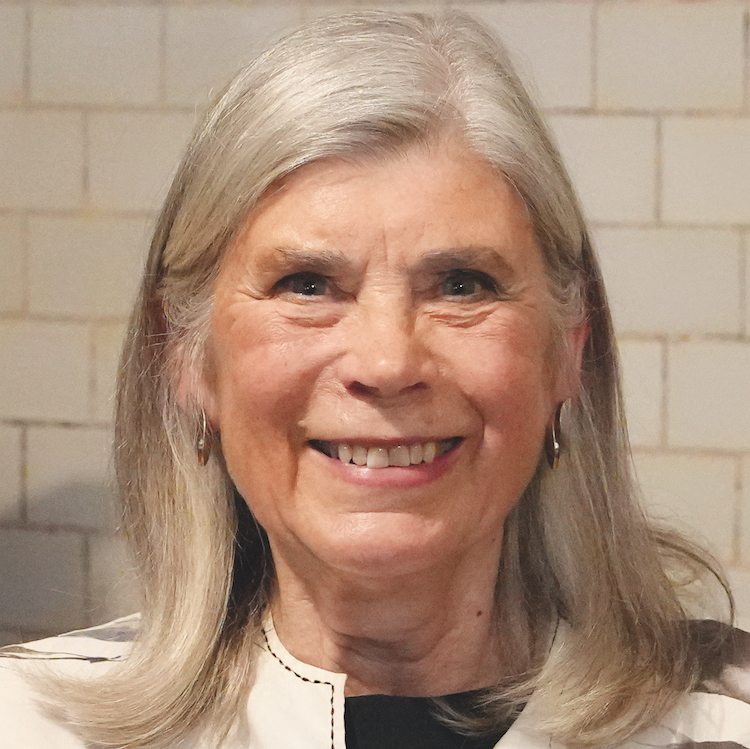
You can only go so far with the establishment; change is driven by individuals who say that they can’t put up with this anymore
“Women at this roundtable have demonstrated [how they have tackled this challenge by] going down, round and under – that’s how change happens.”
Rhys Jones also highlighted the importance of finding male allies within the industry.
She said: “One of the people I spoke to about this PPE campaign was a man who said he got fed up with his purchasing department. At his own time and expense, he would drive to alternative suppliers and find a way to rig the system.”
To support a real step-change in the approach to PPE, there was consensus among the group that policy and legislation must play a significant role.
“We have to start with legislation, whereby you have to provide gender-appropriate PPE for your workforce,” insisted Rachel Tomkins, head of assurance, security and facilities at Tideway London.
“When we are talking about quality, there isn’t necessarily a legal standpoint that you are protected by. But when you are talking about safety, you are required to be safe to do your work.”
Rhys Jones outlined CIOB’s commitment to making a difference in this area and suggested working in partnership with BSI to produce a guidance document to drive the provision of more inclusive PPE.
“These are people’s issues,” she added. “It’s particularly important for women, but there are men [who are important to this change] as well. We don’t want to be exclusive, we want to be inclusive.”
Comments
Comments are closed.

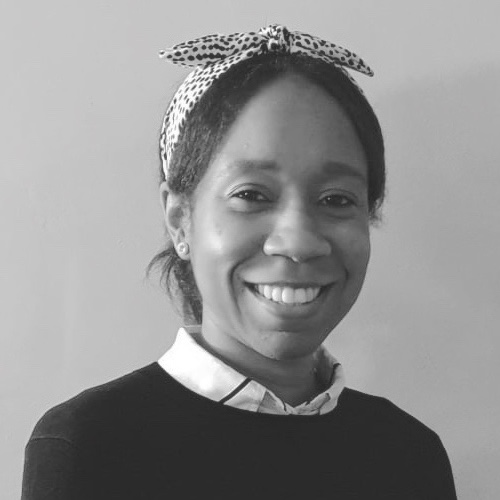
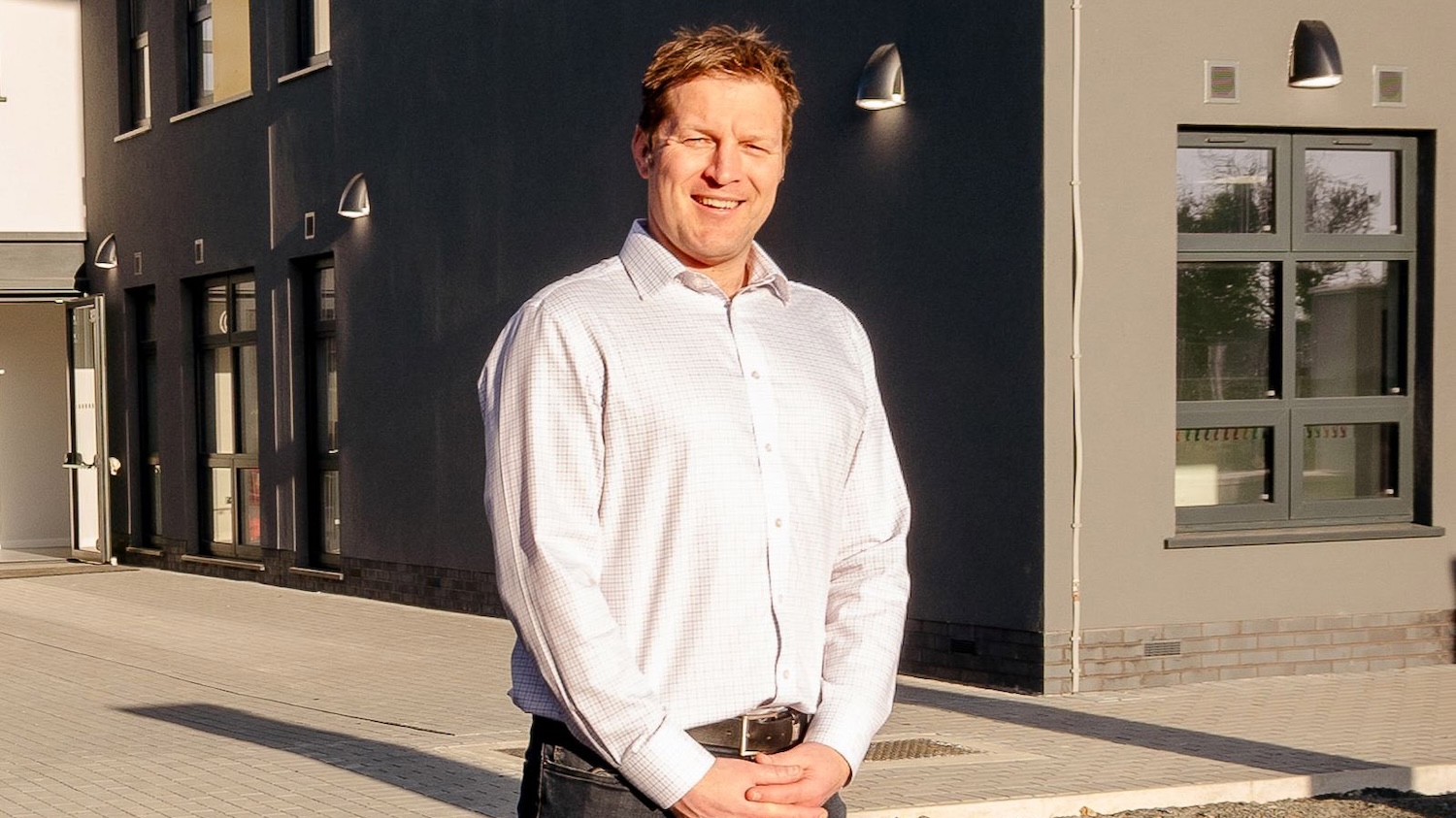
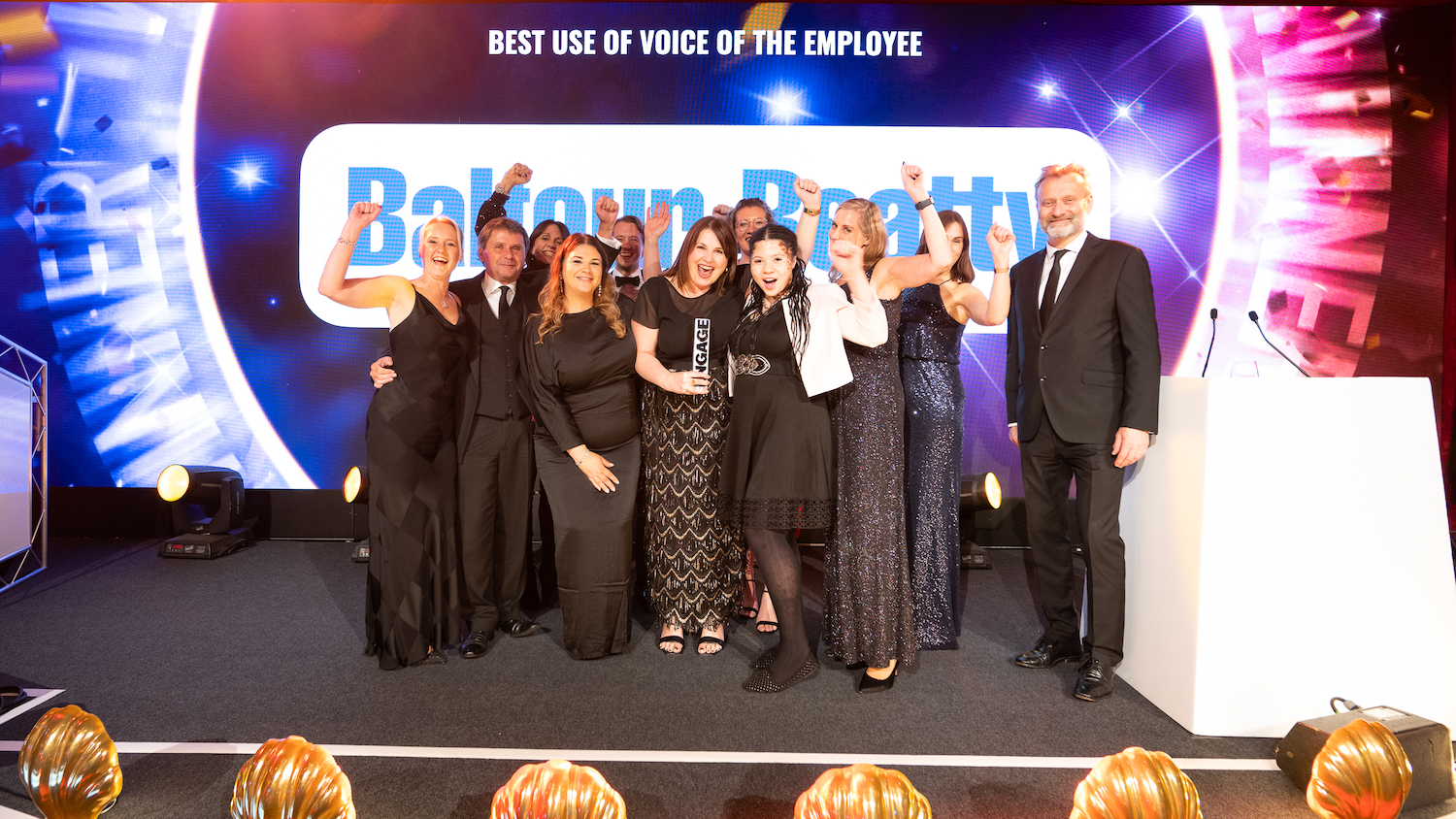
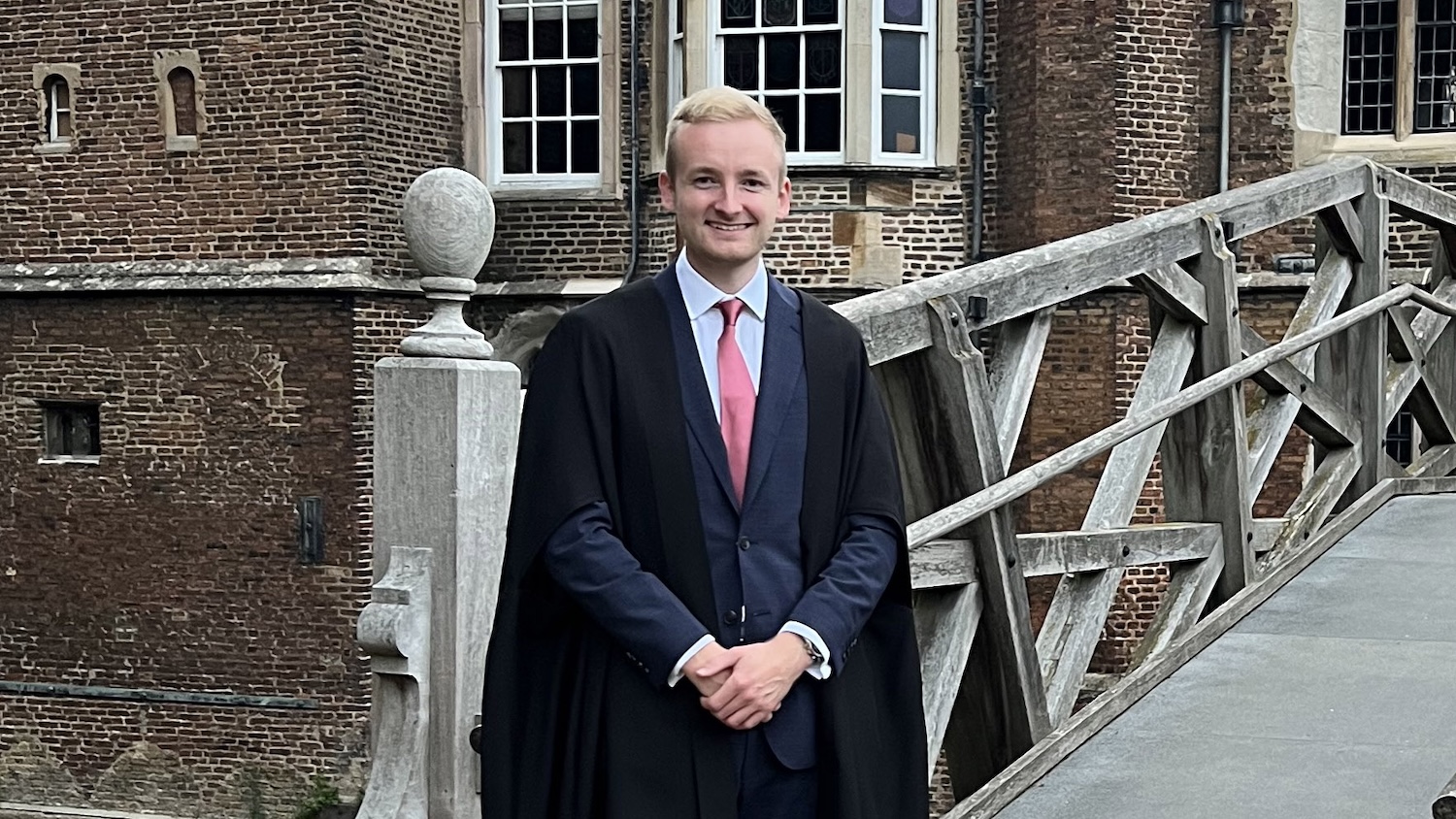
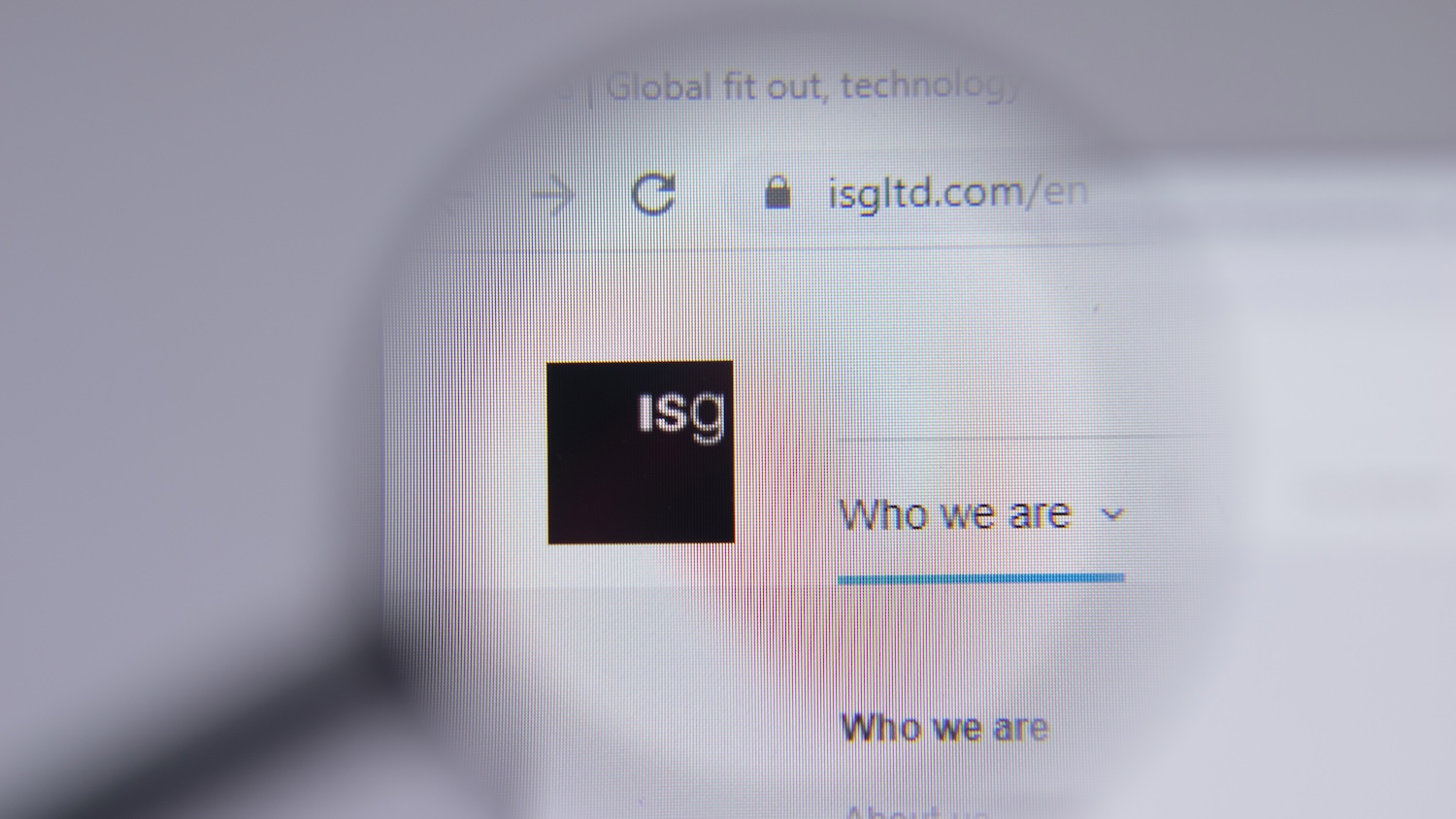
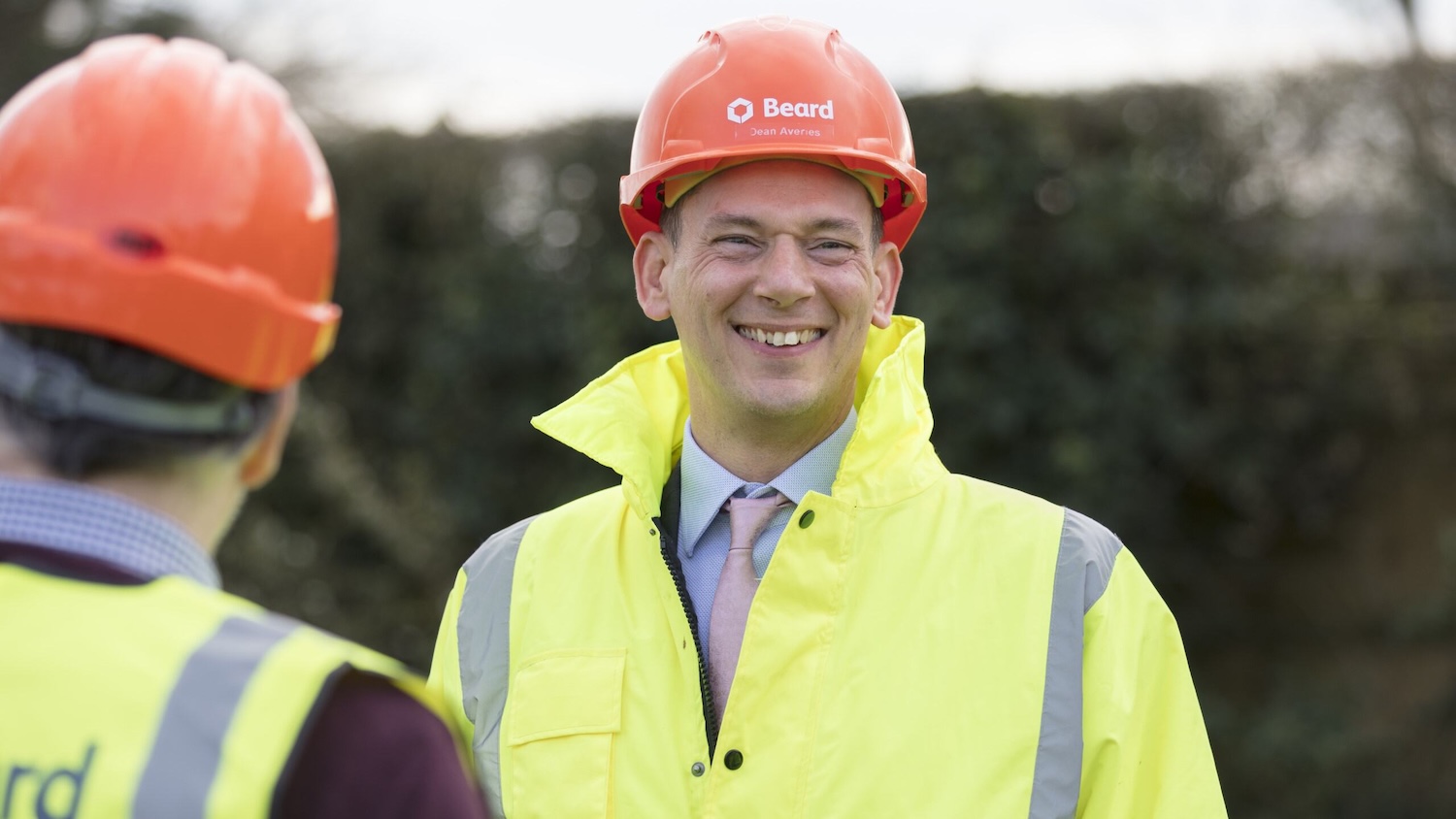

Clearly l only see this from a male perspective, however, there aren’t male and female motorcycle crash helmets just different sizes, the same can clearly be said for so much more. PPE isn’t designed to be a tailored fit, you just need to be provided with the correct size, is this not a bit of a non-issue, especially when there are much more pressing concerns facing the constitution industry.